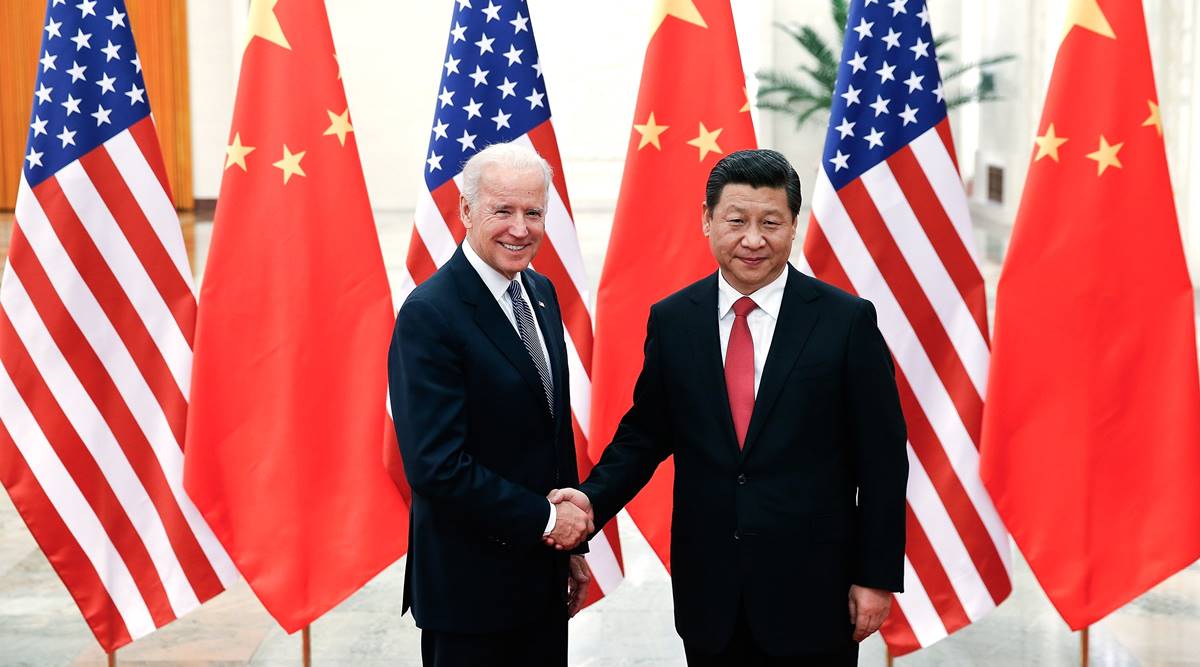
The Chinese People’s Liberation Army, the report said, recently provoked skirmishes along its disputed border with India, which killed dozens on both sides, and remains in a tense standoff with India’s military.
The State Department’s report comes under the leadership of Secretary of State Michael R Pompeo who has been critical of Beijing’s aggression in the last few months.
In New Delhi last month, Pompeo said that Indian and US leaders and citizens see with “increasing clarity” that the Communist Party of China (CCP) is “no friend to democracy and rule of law”, and that the US would “stand with the people of India to confront threats to their sovereignty and to their liberty”.







 .
.




